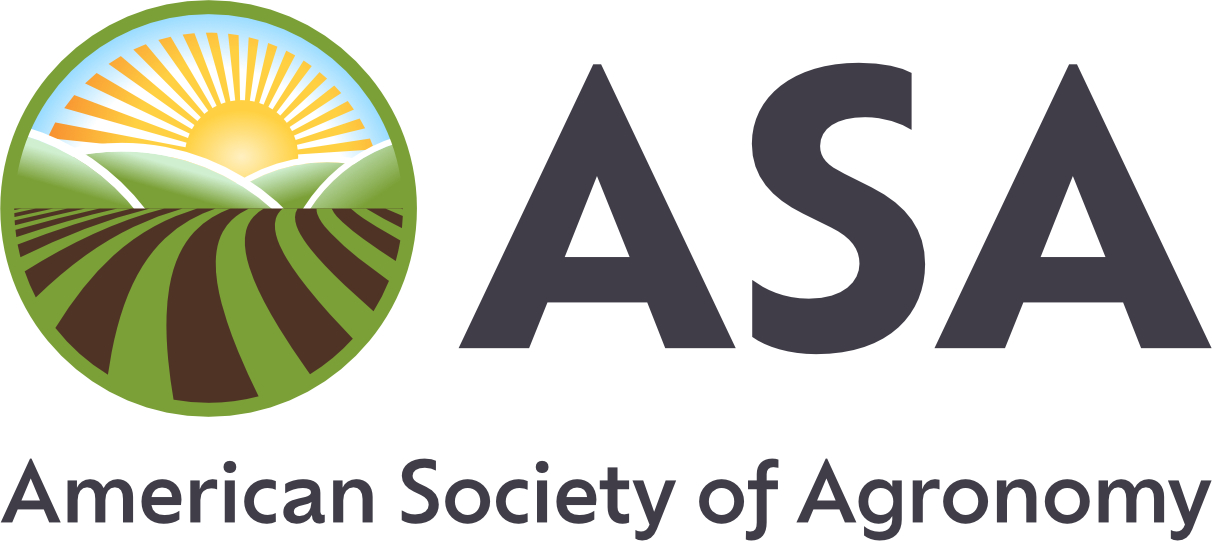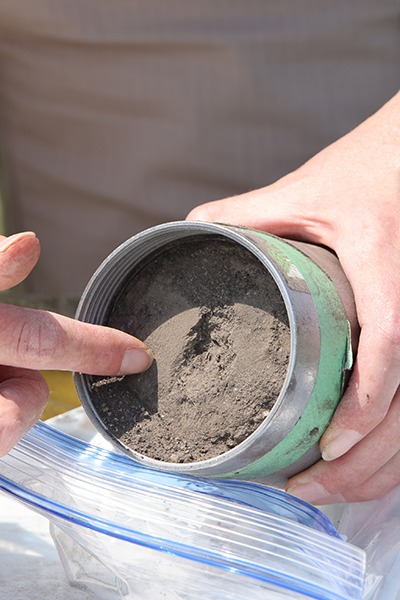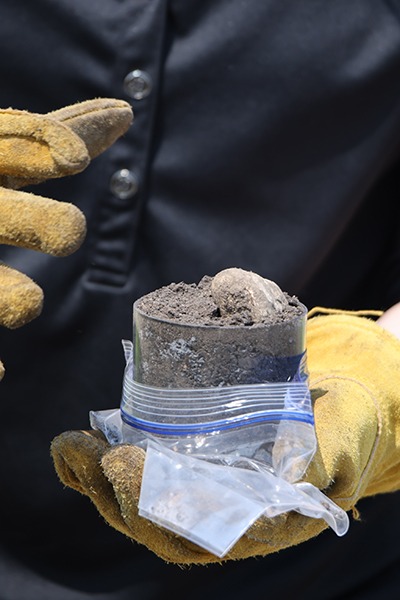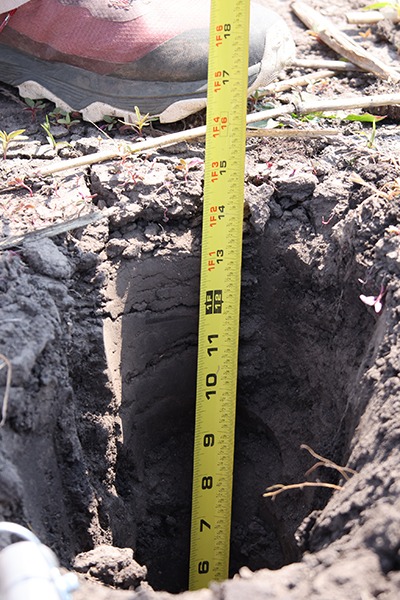Basic Principles for Reducing Greenhouse Gas Emissions on Dairy Farms
Expert tip: This article provides an overview of principles and strategies for reducing greenhouse gas (GHG) emissions on dairy farms—it is not comprehensive. If you’re looking for more detail or practical insights, click the hyperlinked words or phrases to dig deeper.
Reducing greenhouse gas emissions on a dairy farm can help improve the farm’s overall carbon footprint. Manure storage, herd production efficiency, rations, fossil fuel use, and crop production are five key areas to examine when your goal is to cut emissions.
Back it up: In a previous article, Michel Wattiaux broke down the major sources of greenhouse gas emissions related to dairy farm production. Here are five areas in which you can target emission reductions, including principles and strategies to put it all into practice.
1. Improve Manure Storage Management
-
- Principles for reduction: Greenhouse gas emissions from manure make up about 25-35% of a farm’s milk carbon footprint (MCFP).The key to reducing manure GHGs are reducing the amount of time manure spends in storage and reducing the amount of manure solids in liquid storages.
- Capture gases from emissions using cap/cover and flare, or crusts.
- Reduce the amount of carbon that enters storage through solid separation.
- Reduce the amount of water that enters manure storage.
- Oxygenate manure when possible.
- Reduce holding time/residence time of manure.
- Strategies: When manure is held for long periods of time without oxygen, more carbon is converted to methane gas.
- Check out this article for detailed information about strategies to reduce emissions from manure storage using techniques like solid separation, acidification, cover and flare
- Anaerobic digesters: For larger farms, installing an anaerobic digester can decrease manure emissions while also providing a source of renewable energy for the farm, indirectly reducing overall farm fossil fuel use.
- Principles for reduction: Greenhouse gas emissions from manure make up about 25-35% of a farm’s milk carbon footprint (MCFP).The key to reducing manure GHGs are reducing the amount of time manure spends in storage and reducing the amount of manure solids in liquid storages.
2. Increase Herd Production Efficiency
-
- Principles for reduction: Healthy herds produce milk more efficiently, losing less energy as greenhouse gas emissions and turning more of it into milk. Improving cow care can increase efficiency and reduce emissions.
- Reduce incidence of disease. Animals with diseases or poor nutrition will emit more greenhouse gases per unit of milk produced.
- Improve production efficiency. Healthy cows are more efficient, turning more of their feed into milk and less into greenhouse gases.
- Strategies: Basic conditions for dairy cows that impact the efficiency of milk production include the amount of time the cow has been lactating, body condition score, the amount of exercise a cow gets, and heat stress.
- A cow’s body condition score gives farmers a sense of the amount of subcutaneous fat, or energy reserves, the cow has. Mid scores—between 2.5 and 4.0 on the 1-5 scale—are where most cows should land. However, ideal scores vary based on the phase a cow is in during their calving and lactation cycle. And don’t forget hooves! Hoof health is key to maintaining profitability by avoiding lameness, fertility problems, and extra vet visits.
- As for exercise, in general, the less exercise a dairy cow gets, the more energy they are putting into milk production. Limiting the distance a dairy cow can walk in a day can help decrease their maintenance feed needs and increase their milk production efficiency.
- Heat stress—from both humidity and temperature—can impact a dairy cow’s milk production. At temperatures above 90 degrees Fahrenheit, milk production can decrease by 3 to 20%. Limit heat stress by providing additional cool water, increasing air flow, and providing shade.
- Principles for reduction: Healthy herds produce milk more efficiently, losing less energy as greenhouse gas emissions and turning more of it into milk. Improving cow care can increase efficiency and reduce emissions.
3. Modify Rations
-
- Principles for reduction: Changing the makeup of rations and using feed additives are two ways to improve dairy milk production efficiency and decrease the farm’s GHG emissions.
-
-
- Reduce feed shrink/waste.
- Design a high-quality, energy-rich ration that maximizes a cow’s potential.
- Use feed additives to reduce methane production.
- Strategies: Feed costs are the largest input costs for milk production. Targeting rations to the exact phase of a cow’s life cycle can help prep dry cows and optimize lactating cows for milk production.
- All cows need forage, grains, protein supplements, minerals, and salt in the right amounts to meet their requirements. In general, lactating dairy cows need to consume large quantities of dry matter. High quality forages support higher dry matter intake than low quality forages, and high-quality forages are digested more quickly than low which can reduce enteric emission.
- Enteric methane production tends to decrease as more grain and other energy supplements are fed, so feeding diets with less forage while maintaining proper rumen function can reduce GHG emissions.
- To reduce GHG emissions, the protein content of diets should be maintained as low as possible while meeting the animal’s requirements. Excess protein in a cow’s diet will be wasted when overfed, and can increase the amount of nitrogen cows excrete, which increases NO2 Finding the right balance of protein to other nutrients in a cow’s ration will help reduce overall emissions from milk production.
- For an in-depth guide to formulating rations for lactating cows, check out this resource from University of Minnesota Extension.
- Consider feed additives to improve milk production and reduce GHG emission intensity.
-
4. Reduce On-Farm Energy and Fossil Fuel Use
-
- Principles for reduction: Classed as Scope 1 emissions, on-farm fossil fuel use includes the direct emissions from machinery, refrigeration, ventilation, and vehicles. Finding ways to reduce fossil fuel use is a great way to reduce the overall farm’s carbon footprint. Dairy production requires a great deal of energy, for milking, lighting, refrigeration, ventilation, and irrigation of feed crops.
- Improving energy efficiency. It’s not just a way to reduce on-farm greenhouse gas emissions, but also an opportunity to decrease long-term energy costs.
- Consider alternative energy sources with lower greenhouse gas emissions.
- Strategies: Consider anything that uses fuel as fair game for on-farm emissions reductions. Pay close attention to areas you could improve that could also decrease your farm’s operating costs over time.
- For some simple ideas to reduce energy and fossil fuel use on a dairy farm, check out these comprehensive guides from the state of Massachusetts and PennState Extension.
- For farms with field crops, PennState Extension also has a great guide for improving energy efficiency while growing and harvesting.
- Principles for reduction: Classed as Scope 1 emissions, on-farm fossil fuel use includes the direct emissions from machinery, refrigeration, ventilation, and vehicles. Finding ways to reduce fossil fuel use is a great way to reduce the overall farm’s carbon footprint. Dairy production requires a great deal of energy, for milking, lighting, refrigeration, ventilation, and irrigation of feed crops.
5. Use 4R Nutrient Management
-
- Principles for reduction: 4R nutrient management can reduce soil nitrous oxide (N2O) emissions. When we’re talking about reducing GHG emissions on farm, keep timing and rate at the front of your mind when applying nutrients.
- Manage nitrogen to reduce nitrous oxide emissions by timing N fertilization to crop demand and carefully managing where N is applied.
- Use practices that sequester soil carbon, like reducing tillage and keeping the soil covered with cover crops.
- Strategies: For more information about using the 4Rs for nutrient management, dig deeper with the Decode 6 Podcast, “Precision Nutrient Management: Boost Efficiency, Cut Input Costs.”
- Right source: Matching the type of fertilizer to the crop’s needs is key. Make sure there’s alignment between the nutrient needs of the crop and the fertilizer you apply.
- Right rate: After matching the fertilizer type, soil testing can help you match the fertilizer rate to your crop’s needs. Crops draw nutrients from the soil—fertilizer and manure nitrogen applied beyond the crop’s needs will be lost in various forms including N2O through nitrification and denitrification processes.
- Right time: Crops need nutrients at key points in their development. Apply the right type and amount of fertilizer and manure at the right time for crops to use them, decreasing the amount of nitrogen available to degrade into greenhouse gases.
- Right place: Keep nutrients where crops need them. Prevent erosion by decreasing tillage and consider implementing cover crops to retain and recycle nutrients.
- Principles for reduction: 4R nutrient management can reduce soil nitrous oxide (N2O) emissions. When we’re talking about reducing GHG emissions on farm, keep timing and rate at the front of your mind when applying nutrients.
In short: Finding ways to make small tweaks to one or more of the five key areas will help you improve your dairy farm’s carbon footprint. Through small changes tailored specifically to your farm, you can help decrease greenhouse gas emissions from dairy production.
Photo by Stephen Ausmus, USDA-ARS.








